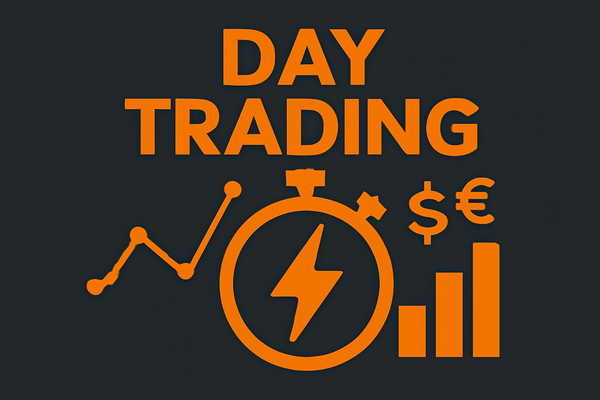A "take profit" (TP) is a trading order that automatically closes your trade once a certain profit level is reached. When your take profit is triggered, your trade will be closed at the current market value. Because of this, take profits are sometimes referred to as limit price orders.
Take profit orders are typically paired with stop loss orders, allowing traders to define their risk-return ratio effectively. A well-planned trading order, aligned with your trading strategy, can propel you further in the market and determine your success. The function of a take profit order is to help you exit your position when prices reach favorable levels, thereby limiting your risk exposure and managing risk effectively.
Usually, the shorter a trader's strategy timeframe, the more critical their take profit order becomes. A popular strategy among short-term traders is to use key points or the average true range to help define the appropriate level for profitable orders. Without a clear profit target, short-term traders may find they have not reached their desired profit level due to a lack of understanding of when to exit the market.
For intraday earnings targets, a preferred strategy is to use the average actual range plus the extreme value of nighttime fluctuations. Another effective approach is to utilize daily or weekly Pivot Points. These levels are usually relatively extreme, and if the market reaches these levels, there may be a pullback, making an exit at this time advantageous.
Should You Use a Take Profit Order in Forex Trading?
Each trader's risk profile and trading timeline vary, but you can determine whether to use take profit by considering some key questions. If you are a volatile long-term trader, you may want to leverage longer-term trends. Traders who utilize take profit orders may often suffer setbacks when they exit a good trend too early.
Although market conditions may vary, take profit orders are usually the preferred choice because resistance levels often hinder price increases, while support levels can prevent price declines. Therefore, in a range-bound market, if you buy at a low price, you typically encounter resistance levels during the price increase process. Setting a take profit at a price above your cost before the market retraces is a prudent strategy.
Indicators to Help You Decide When to Use Take Profit
There are many indicators that can assist in determining when a trend might take effect, such as moving averages or relative strength indices. However, for new traders, the Average Directional Index (ADX) is often recommended. The ADX reflects the degree of trend strength and is scaled from 0 to 100. A level above 30 indicates a strong trend, where taking profits might not be advantageous. Conversely, if the ADX is below 30, it suggests the market is range-bound, and employing take profit orders could be significantly more beneficial than merely attempting to exit based on intuition.
By integrating these strategies and indicators, traders can enhance their ability to manage risk and capitalize on market opportunities effectively.


























